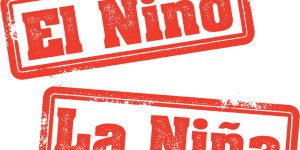This is the second part of a two-part article. In the first part, we defined a framework that can be used to classify both systemic and emerging risks.
Executive Summary
In the first part of this two-part article, Verisk SVP and Actuary Eric Gesick defined a framework that can be used to classify both systemic and emerging risks.Moving ahead in Part 2, Gesick demonstrates how this framework can be used to classify different types of emerging risks.
Part 2 of 2
Here, we focus in on how this framework can be used to classify different types of emerging liability risks.
Emerging liability risks are generally understood to be new or unforeseen events or trends that could have significant, systemic impacts on liability portfolios. These risks must therefore be identified before they can be captured and then realistically modeled.
Our research has revealed that risks typically take one of three forms, within which we can calibrate our liability catastrophe framework to account for these emerging risks:























